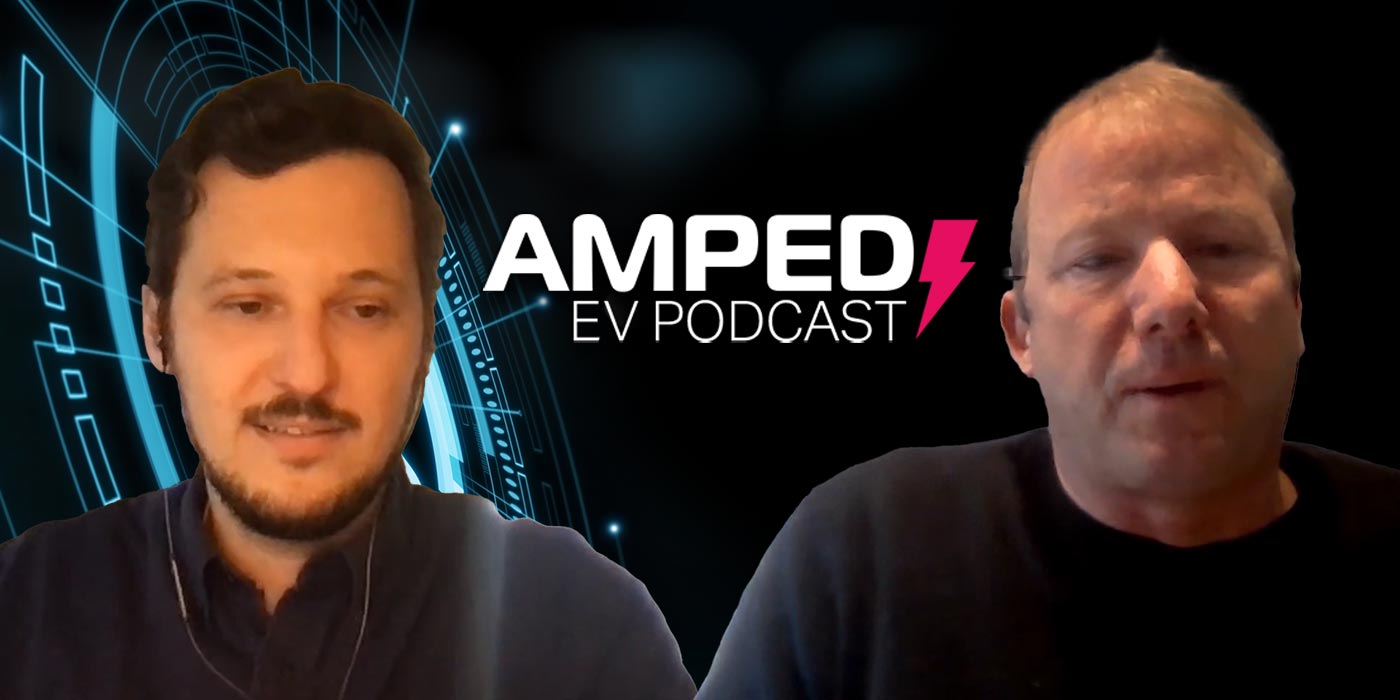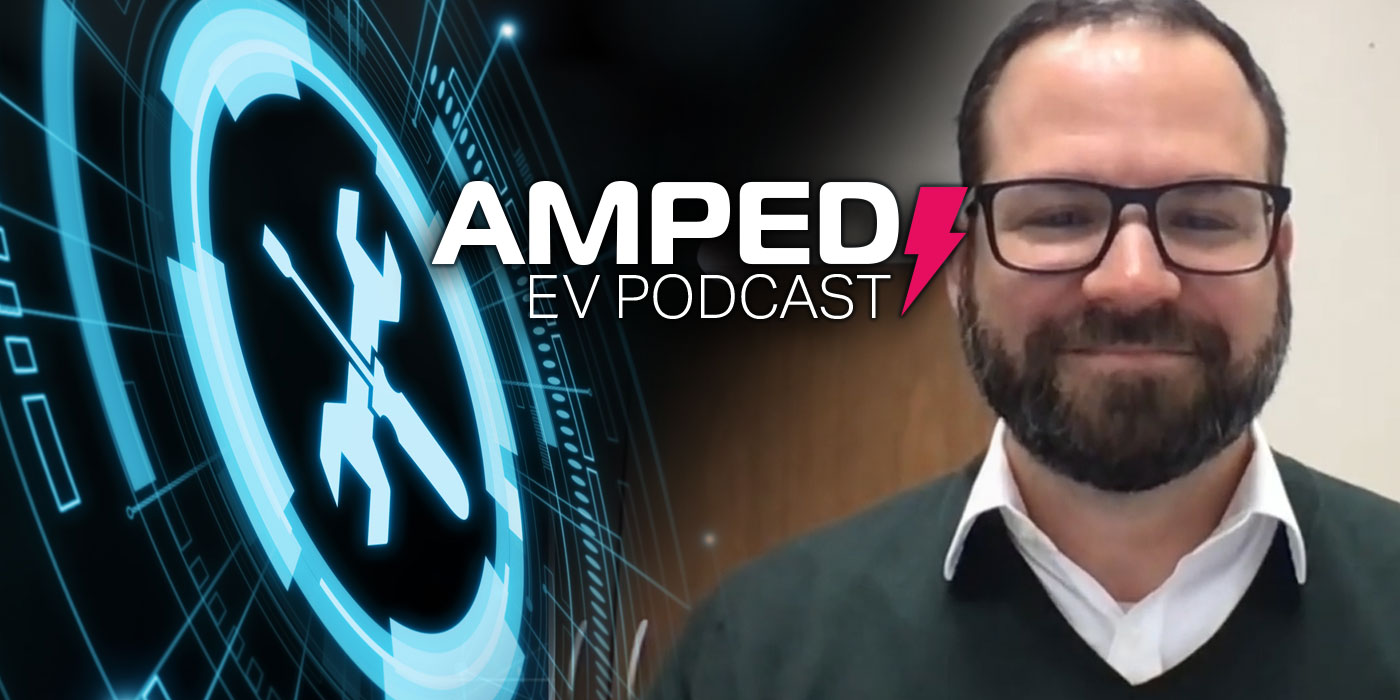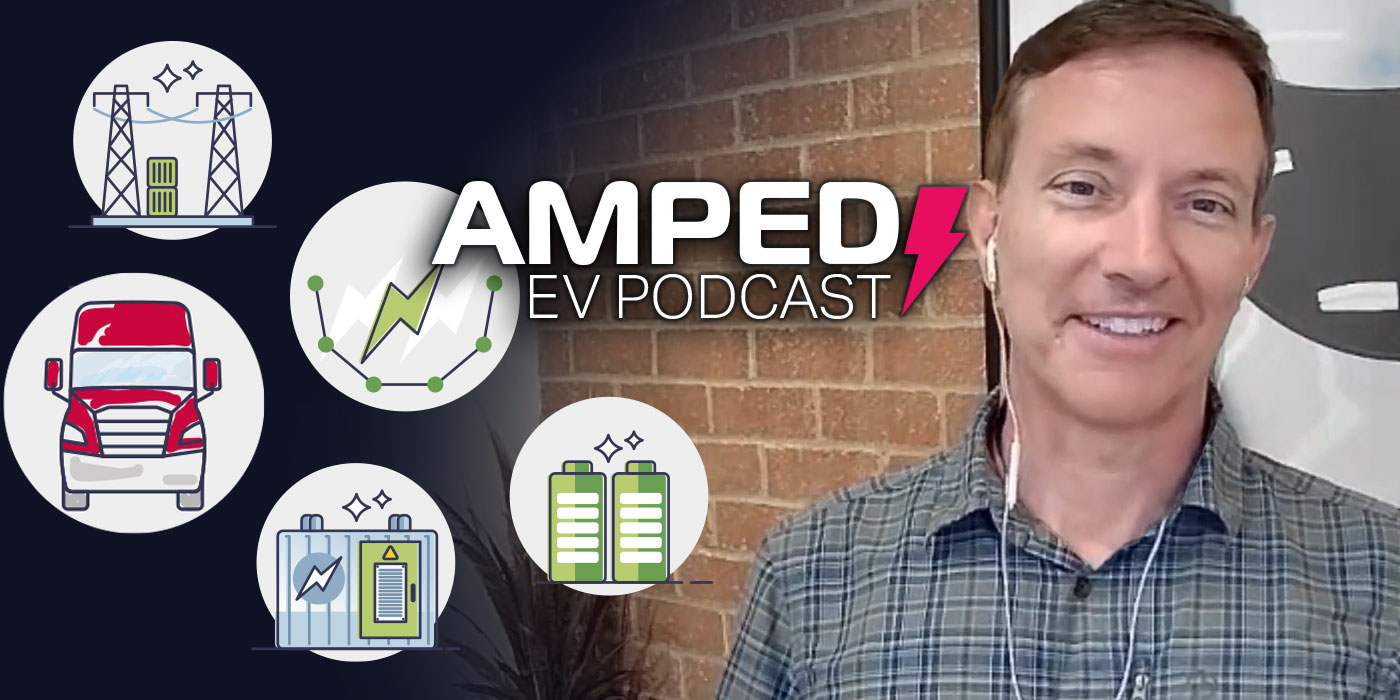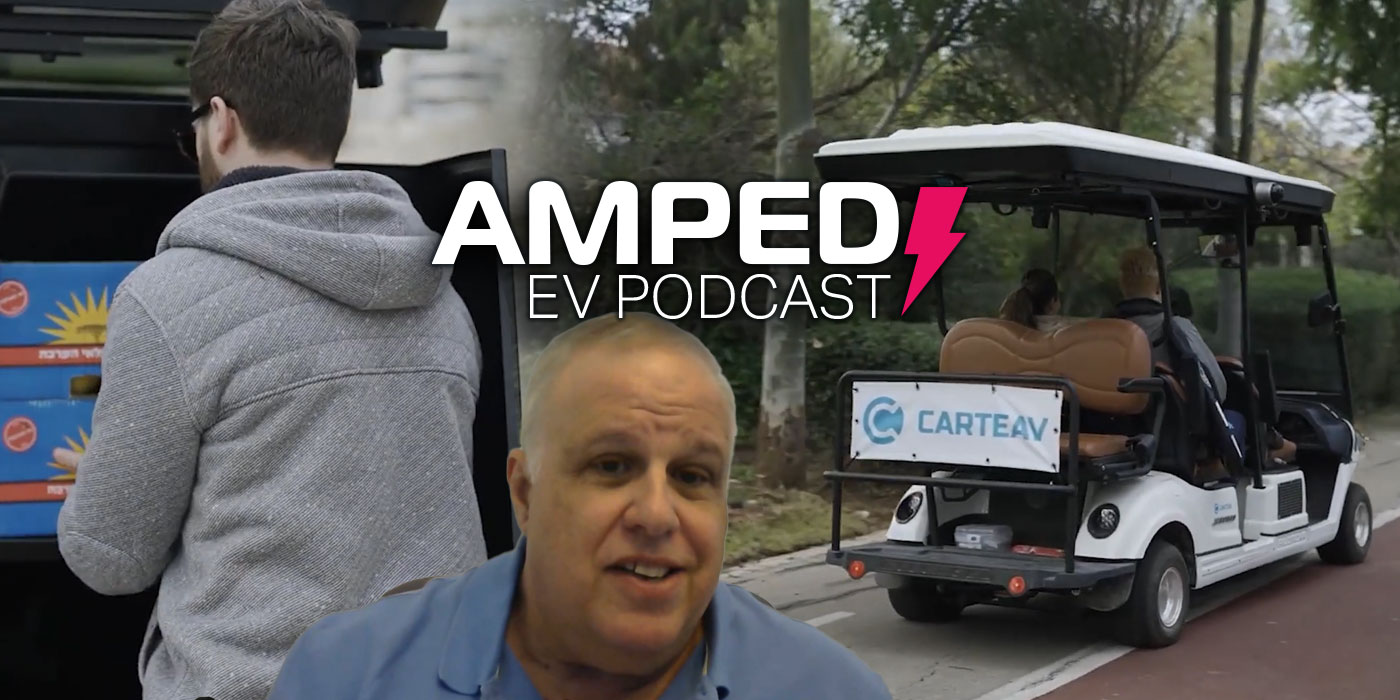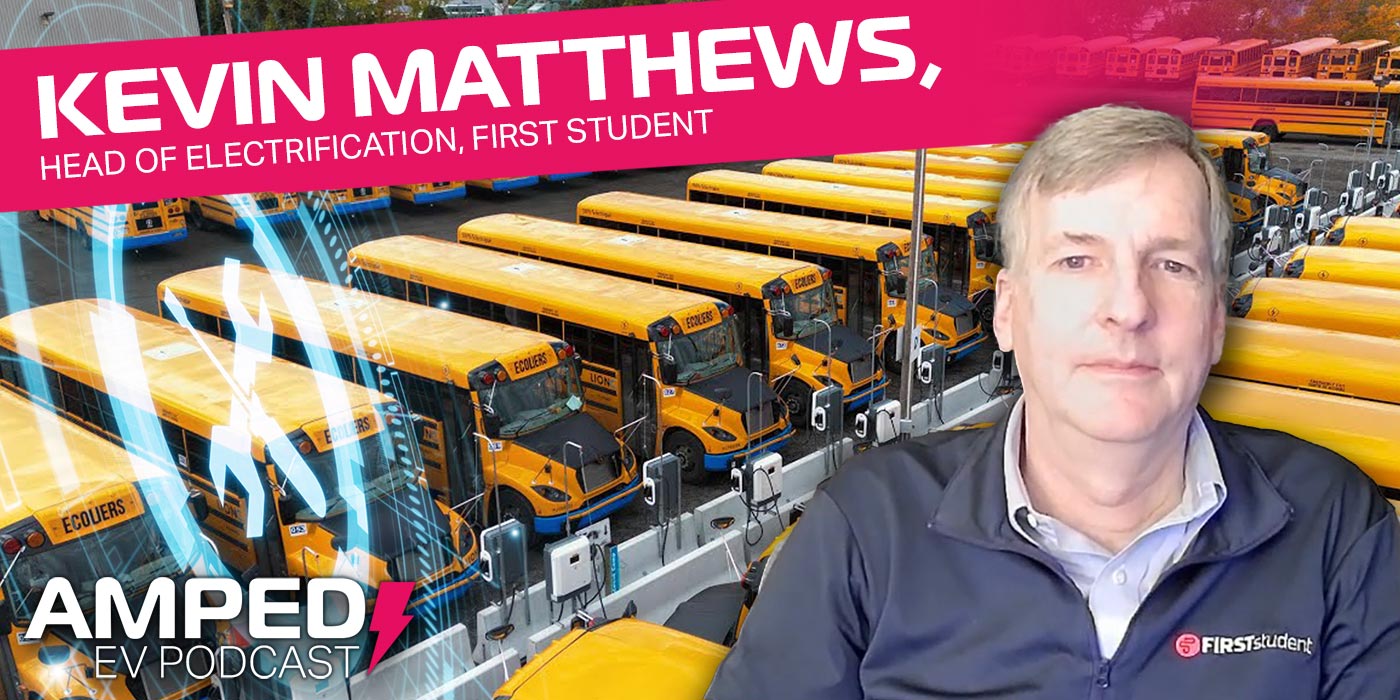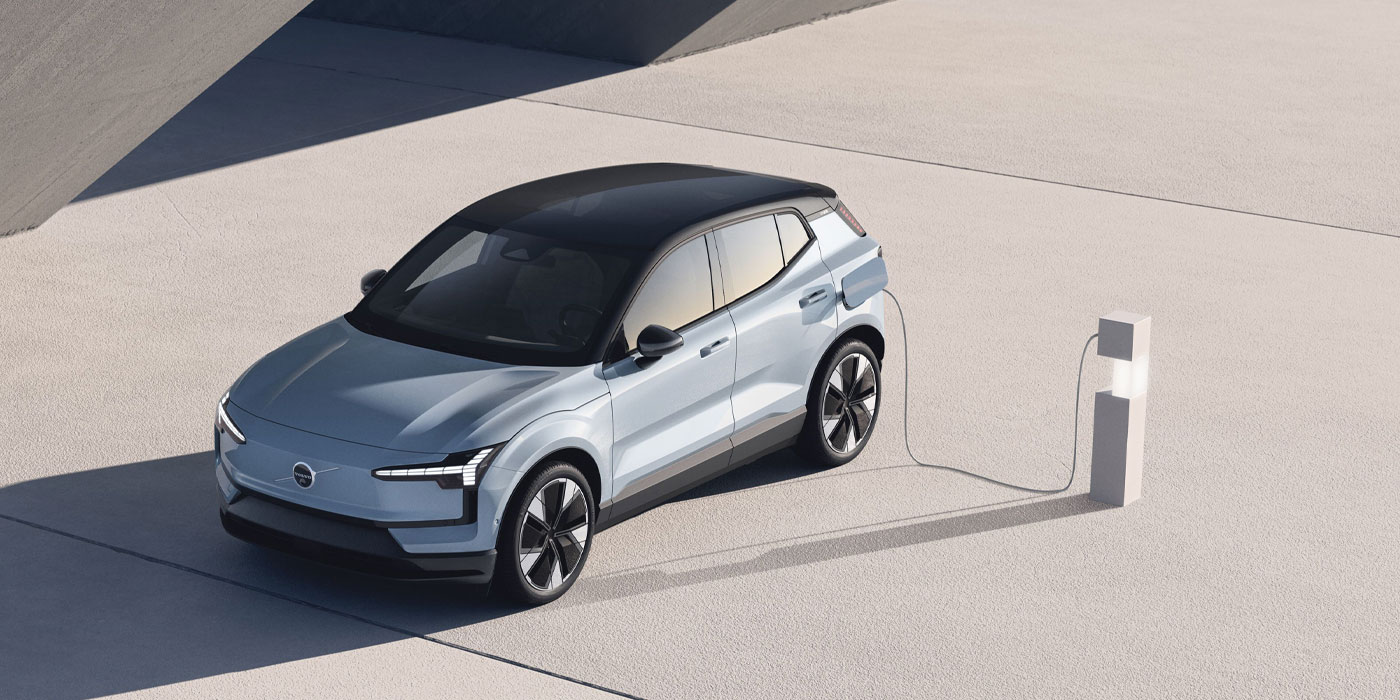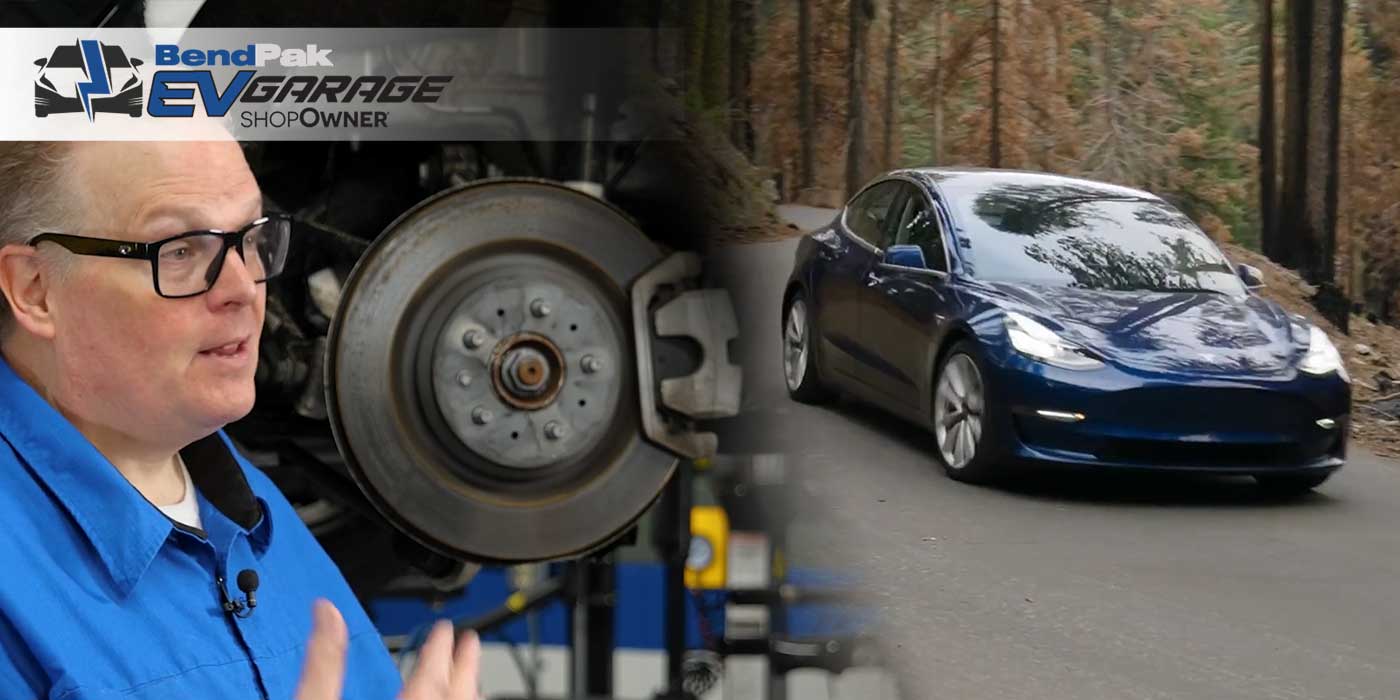Like most ICE vehicle components out there, EV components – everything from batteries to inverters – have a shelf life. When the end of life arrives, in some cases the best thing to do might be to recycle that component down to its raw materials. However, many of these EV components that are failing or degrading over time can be sustainably remanufactured to either extend their life or give them an entirely new life.
TerrePower, a division of BBB Industries, takes this approach, with the goal of keeping EVs on the road as long as possible by taking a used EV part and sustainably manufacturing it for a new life, thereby avoiding recycling and disposal.
“When you think of sustainable manufacturing – we’ll use an EV battery for example – your goal is to use as much of that part as possible. So if you look at a battery, you’ve got the battery pack. Within that pack are modules, and within those modules are cells. If a cell has an issue, we can look at the cell level and identify what that component failure is, fix it, we identify that issue,” says Stephen Albert, director of business development and global EV product strategy for TerrePower at BBB Industries. “From there, we can increase the performance for the module that goes back into the pack that goes into the vehicle.”
On this episode of The Amped EV Podcast, Albert helps us understand the perks of sustainable manufacturing, and explains how the process can bring a failing EV battery back into the market so it’s functioning a full power again, or in some cases, functioning even better than when it was new.
Want more of The Amped EV Podcast? Click here.
Here’s a transcript of the show:
David Sickels: Hello, and welcome back to the Amped EV podcast. My name is David Sickles. I am the editor for the Buzz.
Nadine Battah: And I’m Nadine Battah, and I’m the editor of Tech Shop.
David Sickels: We have a special guest in studio. It is Stephen Albert. You are the director of business development and global EV product strategy for TerrePower at BBB Industries. Thank you for joining us.
Stephen Albert: Thanks for having me. I’m amped to be here.
David Sickels: We are amped to have you. So when we talk about BBB industries, we’re not typically thinking about EVs; we’re thinking about maybe starters or turbos or alternators, things like that. But now you are adding to those areas of expertise with TerrePower. This is something that BBB Industries started maybe a year and a half ago. So, tell us a little bit about the mission of TerrePower and how it relates to EVs.
Stephen Albert: So our mission really is to keep the electric vehicles on the road for as long as possible by extending the life of the parts through sustainable manufacturing.
David Sickels: Those parts probably mainly being the battery, but other parts as well?
Stephen Albert: Correct. So we’re focused on all of the high-voltage components. So that would be your EV batteries, your traction motors, things like your AC compressors and your inverters. On the solar side, we remanufacture solar panels, inverters, as well as build stationary storage units by repurposing EV batteries. This essentially completes the full solar system and that includes battery storage.
Nadine Battah: What’s the process like for BBB or TerrePower to sustainably manufacture a vehicle component? And what kind of components are these companies sustainably manufacturing?
Stephen Albert: So we have over 35 years of experience manufacturing electric components. While some of these are new to us, we will leverage our manufacturing process expertise to build a quality product, and that’s for both electric vehicles and solar panels.
David Sickels: Okay, so who is your typical client on TerrePower? I know you’re working with EVs and solar components, so I imagine a lot of them fall in that space. Would that be correct?
Stephen Albert: That’s correct. On the automotive side, we’ve got some well-established automotive customers that are looking for our help to service electric vehicles from a repair standpoint. The solar business is a little different in that the customer base is broader from the end users to the developers.
David Sickels: Do you deal with anything as far as the solar panels going on top of trailer bodies, or anything like that? Anything in that space?
Stephen Albert: We touch it all. So where we see our customer base broadening is really going to be on the solar side. One of the things we’re doing is we are producing a more affordable system than buying a new system, if you will, for solar panels.
David Sickels: That makes sense.
Stephen Albert: In regards to stationary storage, we’re also using decommissioned EV batteries to build those systems. So that also provides a more cost-effective system for that market as well.
David Sickels: Excellent.
Nadine Battah: That’s really cool. And I feel like this is such an important topic in the industry right now, but can you share a little bit what the difference is between sustainable manufacturing and straight-up recycling?
Stephen Albert: Sure. So, when you think of sustainable manufacturing – we’ll use an EV battery for example – your goal is to use as much of that part as possible. So if you look at a battery, you’ve got the battery pack. Within that pack are modules, and within those modules are cells. If a cell has an issue, we can look at the cell level and identify what that component failure is, fix it, we identify that issue. From there, we can increase the performance for the module that goes back into the pack that goes into the vehicle. Again, extending the life of the vehicle, that unit, whereas recycling goes, that step has been skipped.
David Sickels: Got it. Typically, you might have this cell goes bad, the entire battery in a way is compromised because it doesn’t have the same performance it used to. And in the past maybe you would say, okay, time to scrap this battery and get a new one, or maybe buy a new car. But through sustainable manufacturing, you are able to say, no, wait, we can fix this.
Stephen Albert: Correct.
David Sickels: Put it back in the car and it’s ready to go.
Stephen Albert: Yeah, the main ticket there is to extend the life and add maybe a second and third life to that battery to keep the vehicle on the road longer.
David Sickels: Very cool. So would you argue for EVs, is sustainable manufacturing a better option than recycling when it comes to some of these parts like the EV battery?
Stephen Albert: Absolutely. So sustainable manufacturing, it has a lot more benefits, if you will. The benefit over recycling is it reduces the amount of time and energy spent to break all of these components down to the raw material form for the recreation of new products in the market.
David Sickels: Okay. Makes sense. So what about the battery manufacturer or the size of the battery? Are there any restrictions there when it comes to sustainable manufacturing?
Stephen Albert: As far as lithium-ion batteries go, and it’s really where we’re focused on the size of the batteries is really irrelevant.
David Sickels: Oh, really? Cool.
Stephen Albert: The chemical makeup won’t make much of a difference either. When it comes to … if you think of the size, some of these batteries can be upwards of 2000 pounds. So we do have a lot of products and processes in place to make sure we can handle the battery of every size. We’ve got no limits on our capabilities. We can touch all of the batteries in the electric vehicle systems.
David Sickels: Very nice.
Nadine Battah: Very interesting. Now on the solar side, are you guys working with a lot of automotive customers or mainly customers outside the industry? And how do solar panels or other components degrade or go bad?
Stephen Albert: So on the solar side, we touch them all. So as I mentioned earlier, there’s a proliferation of end users, developers, things of that nature that we have the ability to work with all the different customer bases. In terms of failure rates, they’re like any electric component– they will fail based on common reasons for failure. So if you think about solar panels, they’re exposed to the weather all the time. So that level of exposure could have damaging effects, especially in extreme weather. So part of our process is to identify those key failure components, repurpose those, we’ll remanufacture them and get them back into the market so they’re functioning at or better than new.
Nadine Battah: Very nice. And then do you guys have your own team of engineers that handle sustainable solar panel manufacturing?
Stephen Albert: Yeah, Nadine. We’ve got a team of engineers, a team of developers. We’ve got a team of product managers that works primarily on the solar division. All of that is really housed through our utility division.
David Sickels: Excellent. Well, Steven, thank you for running us through this. This is a really interesting part of the industry right now.
Nadine Battah: Absolutely.
David Sickels: As the proliferation of EVs gets bigger and bigger, we’re running into these questions, these thoughts, okay, what are we doing with these different components and how are we dealing with their possible end of life? Are there ways that we can extend that? This is a really interesting and good option for that.






